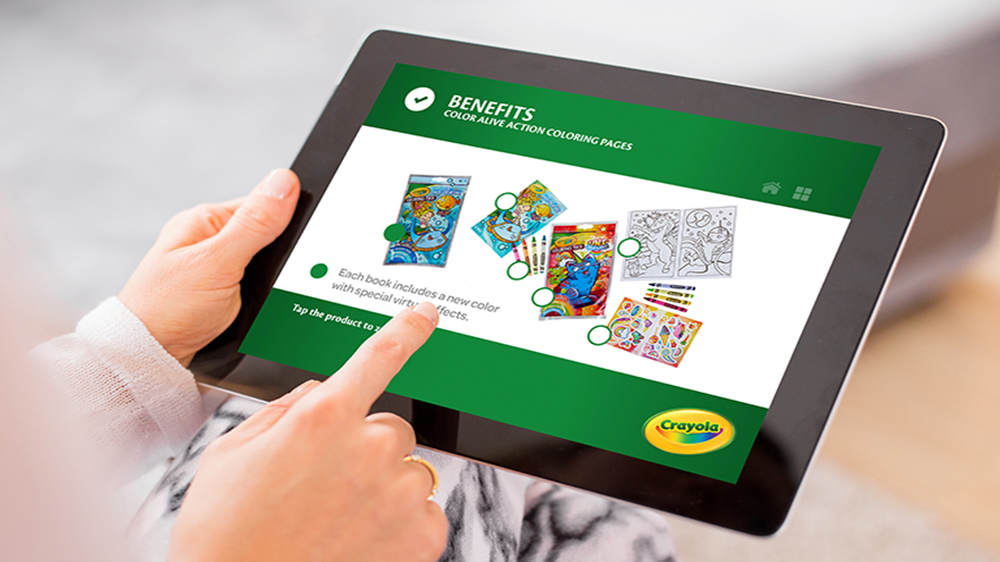Explore Your Virtual Options
Welcome to our new segment, where we share how virtual solutions can help keep your business up and running. See how we can partner with you to make sure your employees and your audience stay engaged.
[social_warfare]
Training or onboarding employees is incredibly important for any company, and while there are certainly advantages to doing this in person, going virtual can efficiently achieve the same learning objectives and introduce additional benefits, especially when working with a distributed workforce.
Through our experience, we’ve established a few keys to success for transitioning in-person, instructor-led training to a virtual asynchronous, or self-paced, program that will be highly valuable to all types of learners. These are:
- Organizing content into short segments or modules to maximize retention over time
- Creating interactive scenarios, simulations, and activities that allow employees to practice and apply knowledge
- Efficiently utilizing multimedia such as video, audio, and graphics
- Providing opportunities for employee interaction around learning objectives through an integrated chat or topic threads in ESNs (enterprise social networks), such as Jive, Yammer, or other work collaboration tools
- Providing downloadable reference materials and manager implementation guides
Of course, one of the main challenges to overcome with virtual training is the need to form a personal connection in which employees feel comfortable enough to engage in a dialogue and ask questions. Thanks to video conferencing and web meetings, however, it’s easy to schedule a time with a supervisor or fellow employees to connect on a personal level and have a conversation. In fact, completing a pre-developed electronic training process allows employees to take down notes and questions, then organize his or her thoughts before engaging in an online conference.

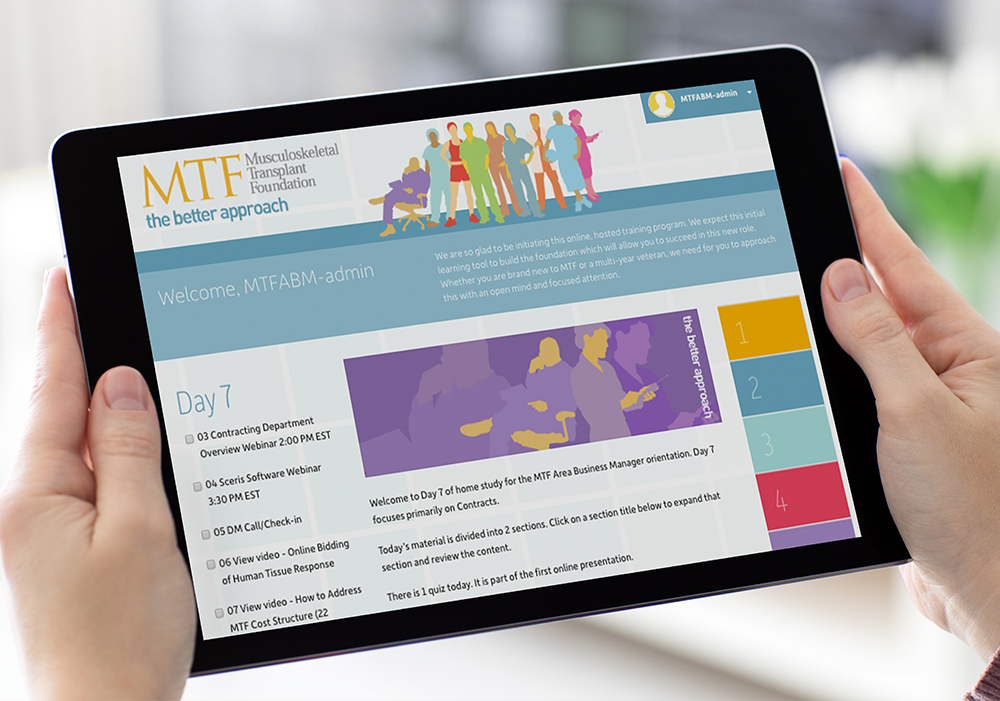
We have designed and developed several effective solutions built around the keys to success discussed above. In building training portals focused on specific business goals, developing custom training paths in established Learning/Talent Management Systems, or creating training campaigns in which we apply our expertise in sustained marketing campaigns, we customize targeted approaches to meet the needs of both instructors and learners.
For many businesses, tours are an important way to form a meaningful connection with an audience. Industries like housing and realty, museums and historical sites, fine arts, manufacturing, and education, among others, rely heavily on the ability to provide a personal experience to customers and potential customers alike.
Luckily, at times when physical tours are an impossibility, the digital age offers all kinds of options that allow tours to be taken virtually rather than in person. With conceptualizing and strategic planning, a virtual tour can deliver an immersive experience that connects you to people, no matter where they are.
Through years of creating user experiences of all kinds, we’ve developed a formula for producing successful virtual tour scenarios. The main components are:
- Audience analysis – Understand the audience to know how to speak to them
- Establishing clear goals – Define how the tour will inform the user and help tell your brand story
- Planning – Think about how the user will experience the tour and what type of media is required
- Execution – Produce high-quality content to create an immersive experience
- User Interface and Design – Map out how users will navigate through the tour and how that will look
- Collecting Feedback – Find out how users are interacting with the tour and define areas of improvement
Whatever the subject matter, the main focus with any tour should be on telling a story—using the content to create a narrative around the what, the who, the why, and the how. Storytelling has come to the forefront as the most effective way to induce people to act, and the same is true for tours. Every tour has a story to tell. We can help you identify it and communicate it through powerful visuals, enticing content, and a meaningful message.
Whether it’s a high-end video that showcases the finer points, a microsite that’s ready to be explored, or a fully customized platform that guides users through a journey, there are plenty of ways to make your virtual tour engaging and highly effective for any viewer.
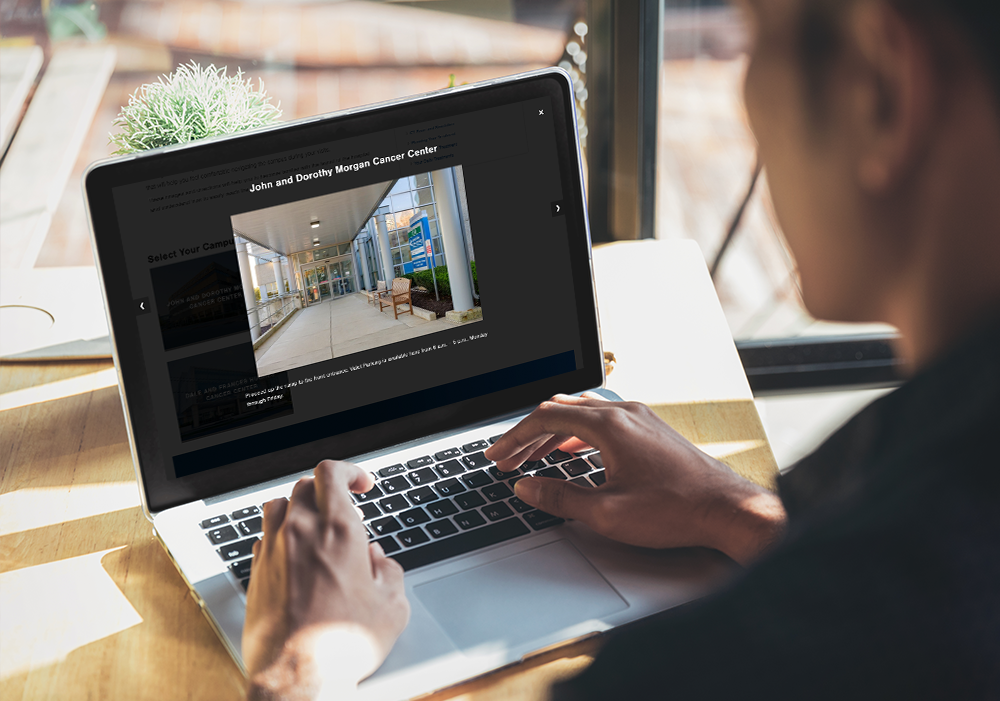
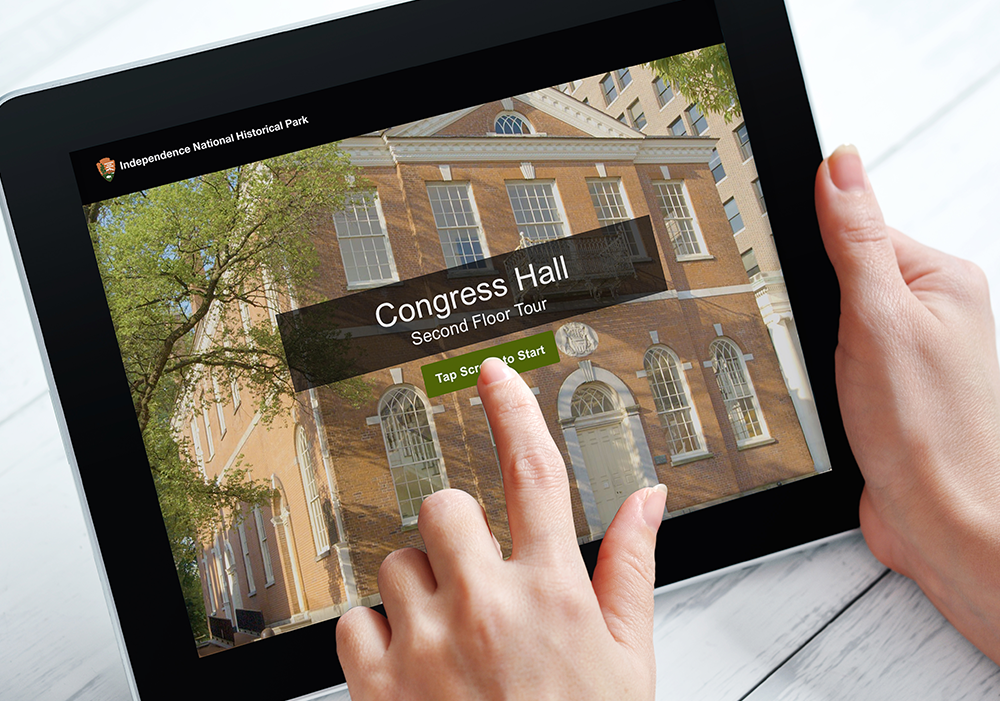
Meetings, tradeshows and events are excellent tools to keep people connected and increase line of sight to a brand and its goals. They are an opportunity for companies to bring individuals together for a single purpose, from presenting internal initiatives to developing external partnerships. When done right, they become an investment that can work wonders for brand visibility.
When a meeting or event can’t be held in person, that doesn’t mean it has to be a missed opportunity. In fact, that’s the best time to be seen by your audience—by bringing the experience to them.
Virtual meetings and events offer unique ways for guests to engage with each other and your brand. And in the digital world, the possibilities are practically endless. In our experience, virtual meetings, events, and trade shows offer benefits that wouldn’t otherwise be possible, such as:
- Increased Connectivity — Interactions of all kinds, from huge groups to one-on-one discussions, are more accessible in a virtual setting
- Higher Head Count — At a virtual event, guests aren’t impeded by physical or logistical limitations, making it open to a much larger and more diverse crowd
- Less Stress — No need to frantically follow an itinerary or rush from place to place. At a virtual event, guests can sign up, attend, and participate in sessions at their own pace
- Increased Retention — Digital capabilities make it much easier for attendees to store and organize information, whether it’s something they learned at a seminar or a new person’s contact information
- Better Info Collection — Online meetings and events give the host the ability to collect more contacts as well as monitor interactions and progress
Not being able to interact in person is commonly seen to have its caveats, like struggling to form a personal connection, not being able to set up meetings and hand out information, or missing out on that larger-than-life atmosphere that is achieved through huge, designed setups and audiovisual effects. But this is what “re-thinking your approach” is all about. This is where digital capabilities allow us to create new opportunities, achieving the same benefits in innovative ways.
As we discussed in our first article about virtual training, video conferencing provides a platform for interacting with others on a personal level, making a human connection possible even from remote locations. With online sign-ups, chats, emails, and downloadable content, setting up meetings and giving out information actually seems easier in a virtual setup than at a physical trade show. As for huge structures and immersive stage designs, those things are pretty difficult to replicate through a screen. So instead, you put those resources into creating a digital experience that is impressive and awe-inspiring in a different way. This also has the added capability of being interactive, and adding one more touch point in which you can engage your audience.
This is just the tip of the iceberg for developing a worthwhile and memorable meeting or event through virtual means. We’ve produced virtual meetings and events for brands like the U.S. Department of the Treasury, Olympus, MTF Biologics, and Crayola, and we can honestly say it’s a world full of possibilities. We’ll help your business explore them all.
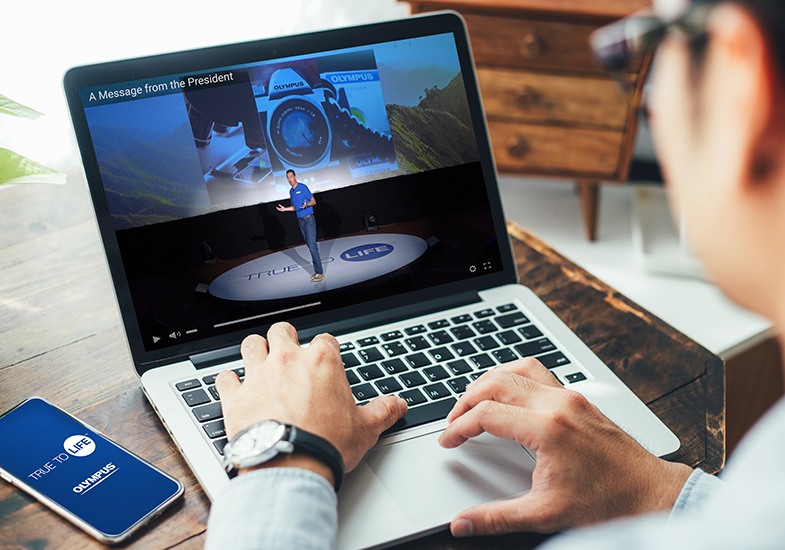
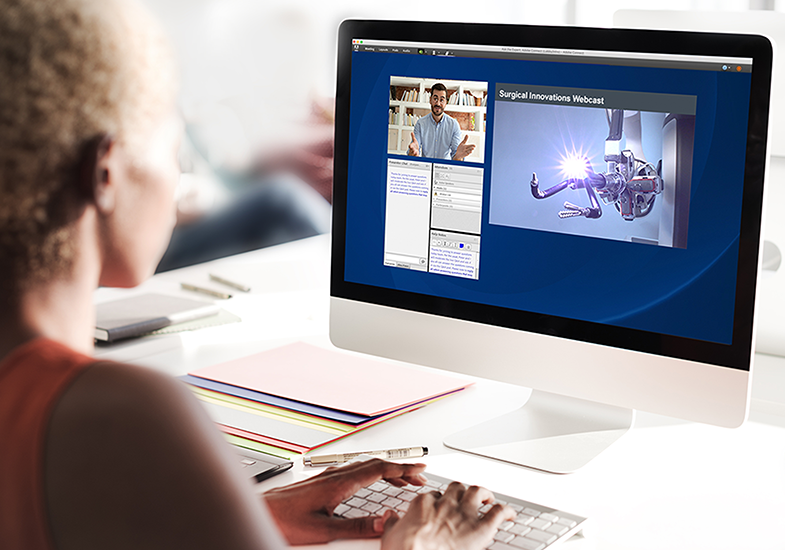
A showcase is a direct way to share the highlights of a particular product, service, or individual with your audience. As an effective means of driving interest, they give brands a way to emphasize pertinent features in a clever and targeted way.
A well-done showcase or demo can be the difference between the viewer choosing your product or service over someone else’s. And since there are many instances where you can’t physically demonstrate the effectiveness of what you’re selling, you’ll find there is a lot of value in exploring virtual executions. Here are a few examples of the kinds of showcases that could have the potential to be highly effective through a virtual approach:
- Product/Service Demo Videos — Very informational with a lot of re-purposing power. Product demo videos can be altered for a diverse audience on an array of different platforms
- Interactive Product Demos — Allows viewers to get up close and personal with a product. They also help people form a better connection with the brand, using 360˚ rotating views, dropdowns, popups, and the like. Viewers are typically more likely to want to engage with an interactive piece
- Company Portfolios — Generates interest through highly controlled and optimized content. Companies who need to showcase work should already have digital portfolios these days, but having the power of interaction is a very important part of any selling tool. With virtual capabilities, you can interact with your audience on a more personal level when sharing work
- Personal Portfolios — Provides an air of high-level professionalism. Virtual portfolios are a great selling tool for more than just businesses—everyone has the propensity to be their own brand. Individuals, like artists and writers, need impressive ways to share their work
- Personal Showcases — Allows for a very personal connection with viewers. This is about more than just your work; this is about selling yourself as a person and a professional
Whatever (or whomever) it’s for, a showcase is about demonstrating the best they have to offer. But virtual capabilities are what make a showcase most effective as a selling tool. They offer opportunities to get extremely personal with your viewers, right down to literally speaking to them live. Even pre-produced videos, when combined with the abilities of interactive platforms, can create a highly targeted experience.
That’s what a virtual showcase does: It takes a traditional approach to demonstrations and turns it into an informative, personalized experience. That’s a huge differentiator when you’re trying to cut through all the noise. And cutting through the noise and reaching your audience is what we do. Find out how we can build a targeted virtual showcase that engages viewers in your brand.
